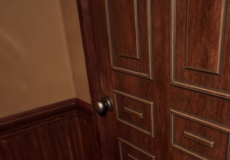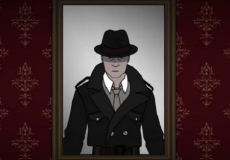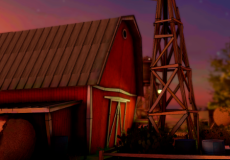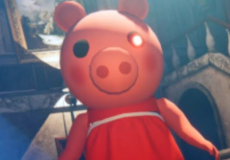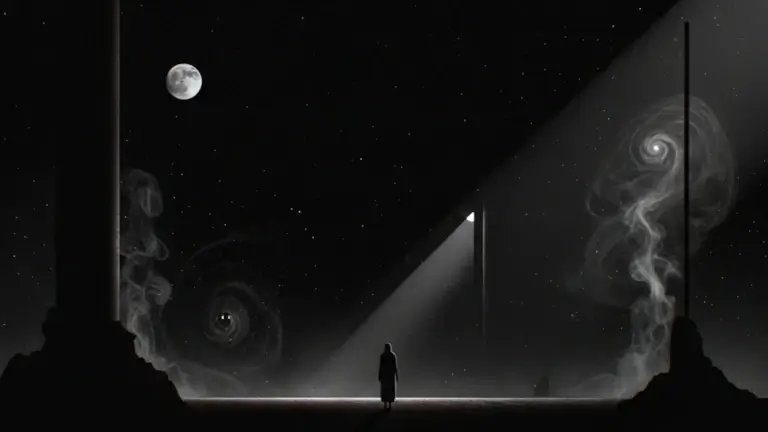

Backrooms
Advertisement
Backrooms is a first-person exploration game that places the player in a large, empty environment made of repeating yellow rooms. The goal is not clearly stated, but the sense of being trapped is immediate. There are no obvious exits, no helpful instructions—just endless walls, buzzing lights, and the distant sound of something that might be moving. As players begin to walk through the space, they realize that this world changes the deeper they go.
Advertisement
Similiar games
Backrooms is a first-person exploration game that places the player in a large, empty environment made of repeating yellow rooms. The goal is not clearly stated, but the sense of being trapped is immediate. There are no obvious exits, no helpful instructions—just endless walls, buzzing lights, and the distant sound of something that might be moving. As players begin to walk through the space, they realize that this world changes the deeper they go.
The structure is simple: explore and survive. The further you move, the more distorted the rooms become. Floors begin to shift, lights flicker more often, and shadows appear in corners where nothing was before. There is no map, and every hallway looks like the last, creating a feeling of confusion that grows with each step. It’s not just about where you go, but how long you can keep going.
Finding Clues in the Silence
Backrooms offers very little guidance. The player must rely on small signs, audio cues, and unusual patterns in the environment to find direction. Some areas are completely empty, while others hold objects or messages that hint at what happened—or what might still be there.
Key elements players may encounter:
· Loose documents with short messages
· Doors that only appear at certain angles
· Objects placed in impossible spots
· Shifts in lighting that guide or mislead
· Faint sounds that suggest movement nearby
Each of these details may lead to progress or simply add to the uncertainty. The player must decide what to follow and what to ignore.
A Space That Reacts to You
As time passes, the Backrooms begin to change. Rooms stretch in size or tilt slightly. Colors grow darker, and the sound of the lights begins to distort. There are moments where the game becomes almost still, and then suddenly shifts again. The environment feels alive, as if it’s watching the player or responding to their presence.
There are no weapons or tools to fight with. Survival depends on observation, memory, and staying calm while moving through a space that tries to confuse. Getting lost is part of the design, and even returning to a familiar room can feel different depending on what just happened. The game creates pressure without action, building fear from repetition and isolation.
One Exit, If You Can Find It
Backrooms does not offer traditional levels or rewards. Instead, it challenges the player to continue walking, thinking, and trying to understand a place that doesn’t follow normal rules. There are rumors of an exit somewhere, but reaching it requires attention to detail and the ability to stay focused over time. Some players might never find it, but they will remember what it felt like to try.
The experience is quiet, slow, and filled with tension. It’s a game where the space itself becomes the main challenge, and every new hallway might hold a clue—or another loop. Backrooms offers no guarantees, only the promise that the next room will look just like the last, until it doesn’t.
Discuss Backrooms









